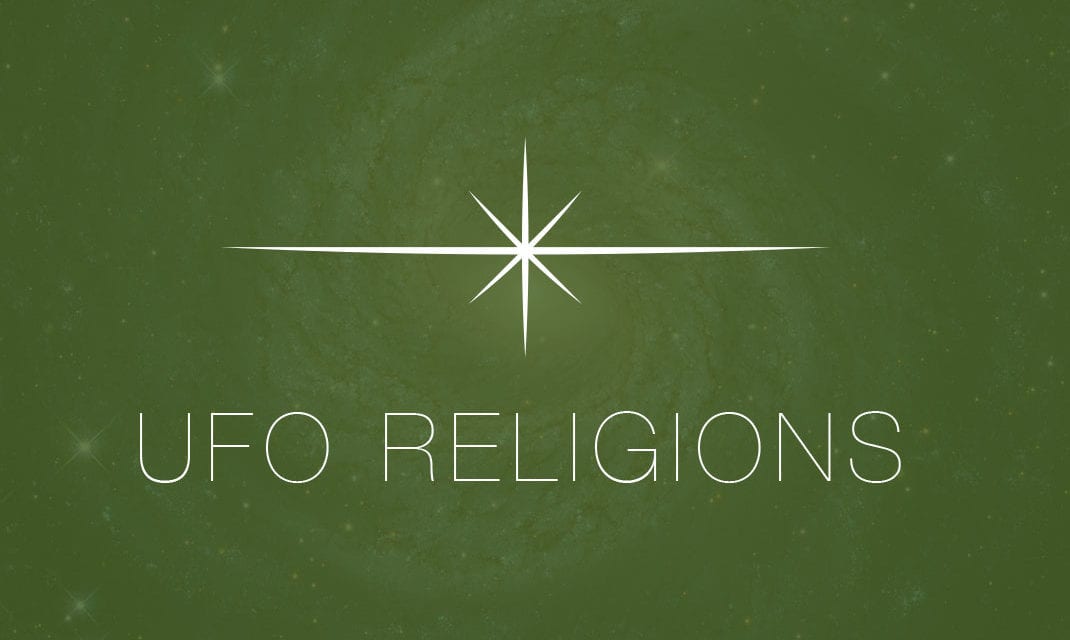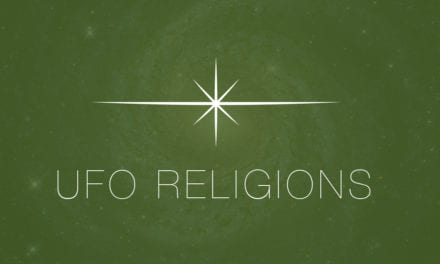Leslie Kean, UFOs: Generals, Pilots, and Government Officials Go on the Record (Three Rivers Press, 2011).
I read Leslie Kean’s book a few months ago but haven’t gotten around to a review until now. Readers should not take that delay as a sign of my own reticence or the book’s quality. UFOs: Generals, Pilots, and Government Officials Go On the Record has earned a place on my (very) short list of books I’d recommend to anyone who is either new to the UFO subject, perhaps thinking it a waste of intellectual time, or those who want to read only serious material. In short, this was a very good read and worth the time invested.
As other reviewers have noted, the content of Kean’s book is restricted to the testimony and opinions of a select group of experienced pilots and high-ranking government officials and military brass whose positions put them at the forefront of official UFO investigations in their airspace. Several also have scientific backgrounds. In a nutshell, if one wanted to arbitrarily assemble a “dream team” of serious, technical witnesses to UFO phenomena, it would look a lot like the panoply of individuals featured in Kean’s book. Examples include Major General Wilfrid de Brouwer (tasked with the military investigation of the Belgian UFO wave of 1989 and 1990) and Captain Julio Miguel Guerra of the Portuguese Air Force, whose testimony of a harrowing experience chasing a UFO that ultimately (and literally) flew circles around his fighter jet in 1982. The episode was also witnessed by another pilot.
Due to the nature of the witnesses involved, Kean’s book is not propelled by speculation, weird theories of alien visitation, overly technical descriptions of UFO aerospace capabilities, or conspiracy theories. The recollections are mercifully void of breathless histrionics and New-Agey pablum about aliens so common in other UFO books. The book features highly credible people telling their stories, part of which involve the inner workings of how real government agencies pursue UFO investigations — collecting evidence and analyzing that evidence. The book is committed to factual reporting, something not surprising given Kean’s background as an investigative journalist.
Beyond the reports of the experiences of her star witnesses, Kean spends several chapters discussing the questions that naturally arise from such material. These chapters feature coherent discussion of the efforts to debunk the events in which the witnesses were involved. This is a strength of the book. The weak point of the book, in my view, is Kean’s chapter outlining an action plan that governments ought to follow if they are serious about investigating the phenomenon with a goal toward some sort of resolution. The points of the plan are, on the whole good ones, but Kean is naively optimistic, especially in respect to the current American administration. If Kean spent a tenth of the time looking at the faux transparency of the current administration, she’d temper her optimism. But that is a minor complaint.
Kean’s book is also a very good illustration of why I don’t think that the case for an ET presence is a slam dunk for the UFO phenomenon, even with this cadre of witnesses. That may sound odd. Time and again, those witnesses who come down on the side of the ET explanation do so on the basis of one, and only one, argument: the technology they have witnessed. Since these witnesses know of no analogy to the technology in their own military hardware, or that of other nations they have witnessed, they feel compelled to opt for the ET explanation. I find this understandable, but not coherent or compelling.
Ultimately, the technology argument requires omniscience of the witnesses. Those of us who listen to them and take them as truth-tellers (and I do) are required to believe that since they know of no human analogy for the technology, then none must exist. That is an argument from silence. That argument also cannot be used as proof for ETs since that would mean it seeks to prove something on the basis of what it is assuming. In other words, it is circular (“There must be aliens because the UFOs I’ve seen must be using alien and not human technology”). This is, bluntly, bogus logic. But it’s a genuine, natural response. I seek only to point out its ultimate inefficacy, not to criticize it for its own sake. And that is where we are. We cannot know for sure (and neither can these witnesses) that if human technology of this sort existed, they would surely know about it. That’s just a guess, and one with a tiny bit of ego infused. We also cannot be sure that nations would share such technology if they had it with their allies. History is filled with such inconsistencies, as military-industrial complexes habitually want to maintain advantages.
So what does Kean’s book give us beyond lots of credible witness testimony? In sum, while it cannot prove the ET hypothesis, it at least informs the reader that, while an explanation for them is not immediately forthcoming and satisfactory, UFOs are demonstrably real and deserving of serious study.






b”h
Hello, Dr. Heiser,
Just to mention that, following a few paragraphs on Chuck Missler, you are given a brief line or two in Richard Dolan’s and Bryce Zabel’s _A.D. After Disclosure: When the Government Finally Reveals the Truth about Alien Contact_. I got the latest revision in a Kindle version for ~ $10. It is quite clear they favor approaching UFOs from an angle other than the typical Christian “demonic” view though they don’t out-and-out dismiss that view either.
Best wishes
thanks – did not know that.
To: Michael Heiser:
I think that it is clear (at least to me) that if some terrestial nation possesssed technology as described by the experienced aviation witnesses that said nation would be able to utilize this technology/knowledge as a means benefiting their position as a superpower and would be able to harness this for the betterment of their citizens or mankind(if so inclined).
I also believe that Leslie Kean did not advocate the ETH but simply stated that simply “we do not know”. I do agree that there are too many books on the fringe concerning this topic with the expected leap of faith leading to the ETH being the sole and only conclusion.
You are correct that the USA would never publically commit funding to this type of venture as propagated by Ms. Kean especially with the deficits that must be currently addressed.However other nations have devoted time and funding to seriously investigate the “UFO” phenomena and I do believe that the USA is still conducting investigations in this area, albeit on the QT.Frankly putting aside the issue of administration transparency I do beleive that our government is just as baffled as the numerous credible witnesses to these events.I thought most compelling was the objective opinion contained in the 2008 essay written by Wendt and Duvall concerning soverignty and the consequent taboo on this subject.
We (mankind) think we are the most intelligent and elite species that were either created or evolved thru time. Perhaps there is another realm of existence that co-exists with us but resides in another realm of dimension.
We simply do not know!!
There is either a paranormal element to this phenomena that to date defies explanation. The USA publically states that they no longer investigate this phenomena because there has been no credible threats to national security. This was the (intended) result of the Condon Committtee conclusions decided in 1969. I think we all know that this committee was simply a whitewash prepared so the Air Force would have an out and simply wash their hands in releasing feeble explanations for incredible events witnessed by credible people.
I do believe aviation and national security was compromised on 11/7/2006 over O’Hare United Airlines Terminal Gate C-17
I like Leslie’s book and don’t believe she’s trying to be deceptive.
I would disagree with the presumptions about human possession of said technology. You might want to check into what both (and they don’t agree in places) what Richard Dolan and Joseph Farrell have written about a “breakaway civilization” deriving out of Paperclip / Cold War technological projects. I don’t believe a “civilization” (something that large) exists as a rogue element. Rather, that sort of thing would only need to be small, as its ideological members would be using the infrastructure of nations like the U.S. and Russia as a host (in several senses of that word), with the full cooperation of elements within the host to pursue what, in my opinion, would be a pipe dream. I can’t say more than that since it’s sequel territory.